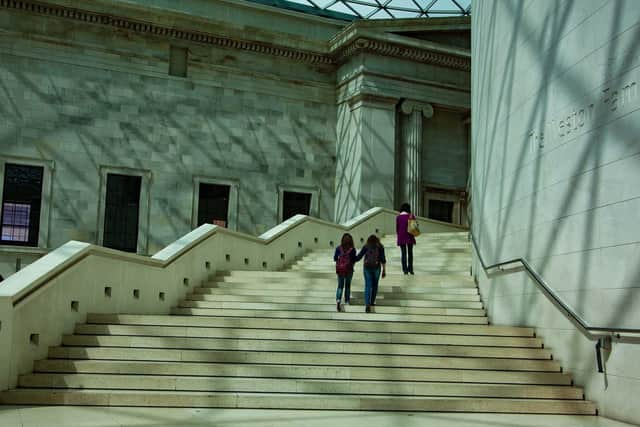Why does the Cambodian government think Britain has stolen its sacred objects
The Cambodians, who believe ancient statues hold the souls of their ancestors, have pinpointed that many of the stolen works passed through the hands of a rogue British art dealer, Douglas Latchford, who died in 2020, before ending up in the London museums.
Cambodian culture minister Phoeurng Sackona said in a letter to UK Government culture secretary Nadine Dorries that many important cultural treasures were stolen from sacred temples and "wrongfully ended up" in warehouses and institutions.
Advertisement
Hide AdAdvertisement
Hide AdThe move to reclaim the works come as part of a wider attempt to recover artefacts scattered around the world during the Khmer Rouge regime.


A statement from the British Museum said: "We are open and transparent about the heritage of objects in our permanent collection. Establishing the provenance of an object has been an integral part of the museum's acquisition process for decades. Through this research, we also endeavour to find any possible ethical or legal issues. Each object goes through a careful and thorough process before the trustees make a decision to acquire it."
The V&A, which has a museum in Dundee, said: "Information about our Cambodian objects, including their provenance, has been accessible on our online database since its launch in 2009. Research into our collections is continuous and new information is added to the database."
Mr Latchford was best known as a collector of Cambodian antiquities. However, after his death, a media investigation explored the prevalence of artworks that Latchford had traded to public museums and galleries. As a result, after rising pressure from the United States federal government, the Denver Art Museum agreed to voluntarily repatriate four Cambodian antiquities in their possession, which included three Khmer sandstone sculptures dating back to the seventh and 12th centuries respectively, and an Iron Age Dong Son bronze bell.
In November 2019, Mr Latchford was charged by prosecutors in New York with falsifying the provenance of Khmer works of art, but the case ended with his death.
Comments
Want to join the conversation? Please or to comment on this article.